Home > Oasis of Peace > Projects & Outreach > Humanitarian Aid > Medical treatment day in Jorat al-Shama’a Village
Medical treatment day in Jorat al-Shama’a Village
Sunday 30 January 2005

On Saturday, January 30, the HAP team traveled to the village of Jorat al-Shama’a, south of Bethlehem, for a medical treatment day. A team of four physicians, two paramedics, two pharmacists and four assistants took part in the initiative. They joined another group of doctors from Physicians for Human Rights, whose visit was coordinated by Palestine Medical Relief. In this village that lacks the most basic amenities for medical treatment, or easy access to city medical facilities, there was plenty of work for everyone. Over four hours, some 500 people received treatment. Among the physicians there were specialists in internal medicine, neurology, cardiology, orthopedics, pediatrics, gynecology, and opthalmology, and both organizations brought medicines for free distribution. The team from NSWAS alone distributed medicines and first aid kits with a value of NIS 30,000 (€5,250).
The HAP team was alerted to the needs of this village by a Jewish parent. Schauli Yossefon, at the NSWAS Primary School. He had maintained a long connection with people there, despite the conflict, and had many times helped the villagers in medical emergencies . After a preliminary visit to the village by representatives of the HAP committee, Ahmad Hijazi and Abdalla Haj-Yihia, joined Schauli there and set a date for the treatment day.
Jorat as-Shama’a stands among seven adjacent villages between Behlehem and Hebron. Altogether, there are about 5,000 inhabitants in these villages, with 2,000 in Jorat al-Shama’a itself. The village is not on any main road and is hard to get to. This, together with the ongoing conflict, explains why about 80% of the inhabitants are unemployed. The empty shelves in the village shops testify to the economic hardship present. People eke out a subsistence by working the well-known stone from nearby quarries, and growing a few vegetables to feed their families.
The cold months of winter bring seasonal illnesses, so many parents came with sickly children. But it quickly became evident that many more serious diseases had long gone untreated in the village. In order to see a doctor for conditions like arthritis, rheumatism, diabetes or heart conditions, the sick or the old must travel over poor roads to Bethlehem - but who can afford such treatment? Many of the medicines used by the villagers proved, on inspection by our doctors, to be long expired and probably useless.
As the hours wore on, with more and more people pouring into the clinic, it proved difficult even for the large number of doctors on hand to treat everyone adequately. Clearly, a one-time consultation and handout of medicines could not provide a panacea for the population of this impoverished and remote village. Even proper diagnosis of medical conditions is out of the question without the ability to laboratory tests, maintain medical files, etc.
The Occupation and the continuing conflict mean that these villagers will not emerge from their poverty in their near future, and it is obvious that something of lasting medical value must be done for them. Besides medicines, we had brought along with us first aid kits, with items like thermometers and pain relievers, with which mothers could identify and reduce a child’s fever. However, at the end of the treatment day, during the delicious meal put on by the mukhtar (head man) of the village and his neighbours, we talked about more significant possibilities for support. There is a large, empty building in the village, which could easily serve as a clinic, but stands in poor repair and lacks equipment. With the mukhtar, we discussed the possibility of using the building as a clinic. We told him that if the village would take on the job of repainting and cleaning the building, and they would obtain a commitment from the Palestinian Authority to sponsor regular visits by a physician, we would provide the basic medical equipment. So, hopefully, this will not be our last report about Jorat al-Shama’a village.
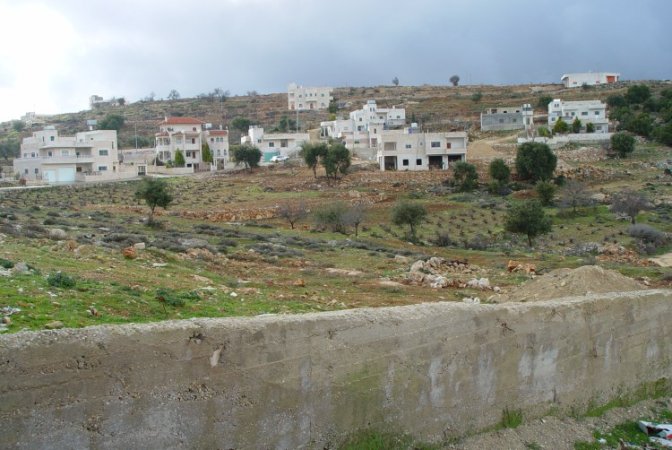


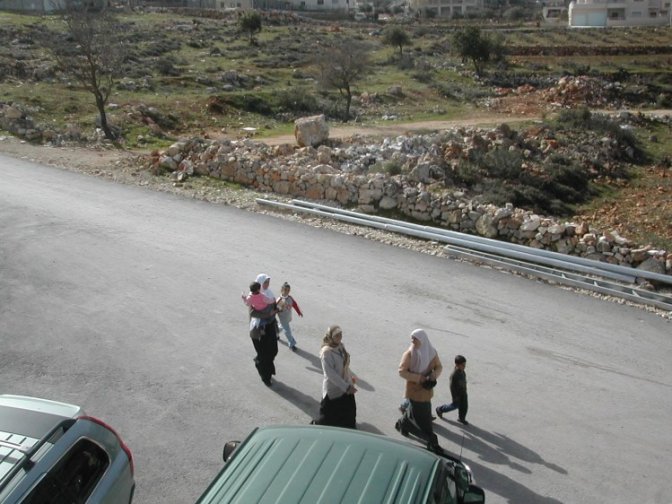

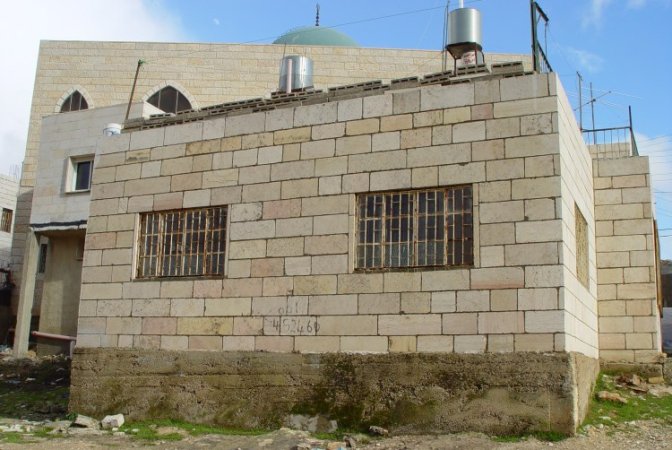
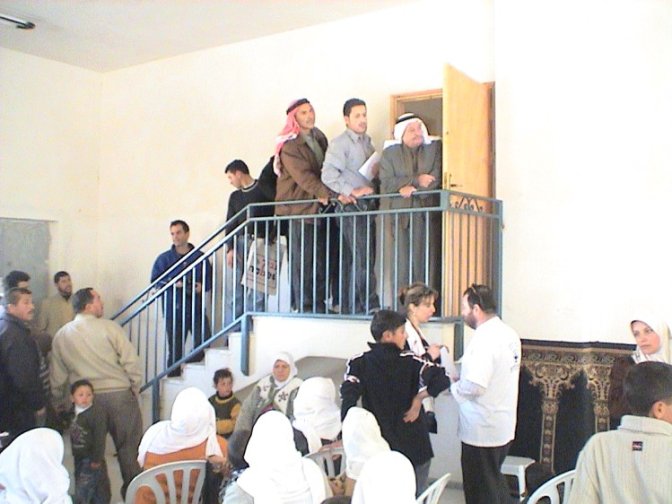
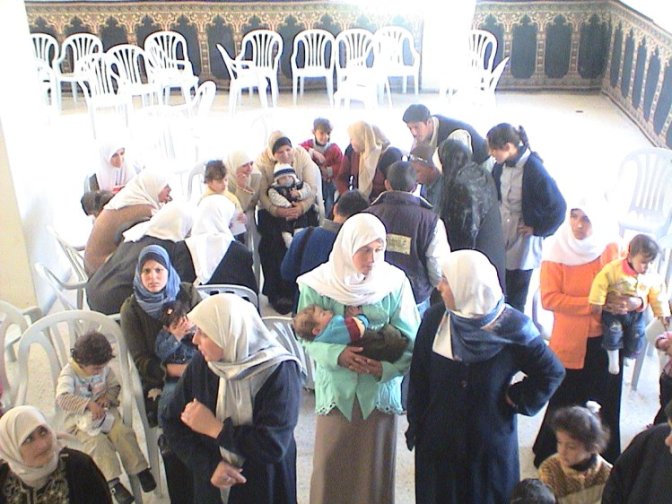

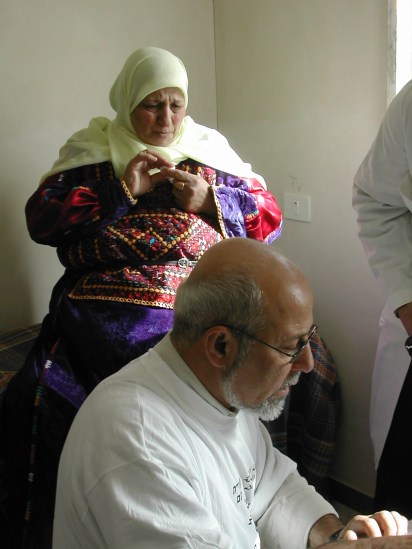
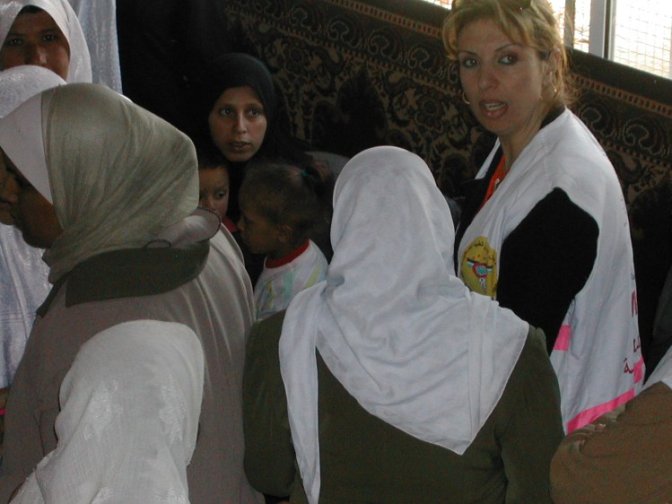
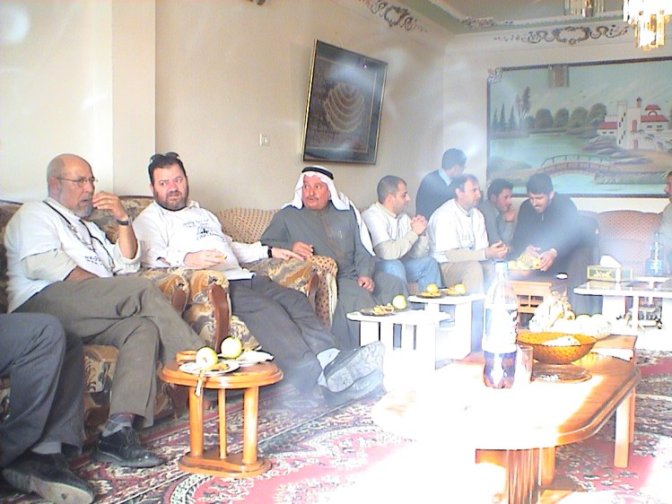
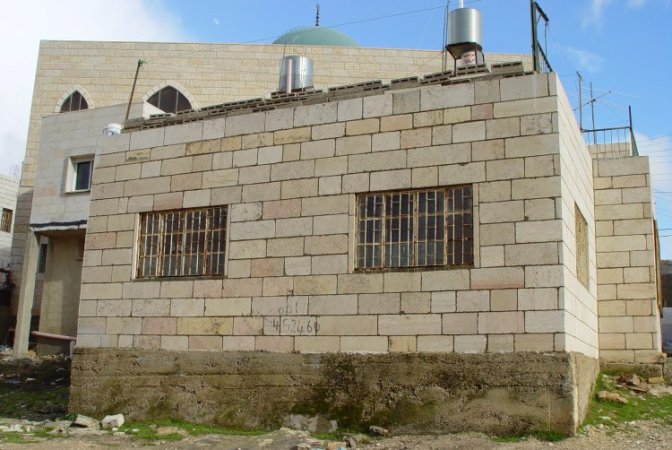
Photos:
Ahmad Hijazi,
Daoud Boulos,
Dorit Shippin












